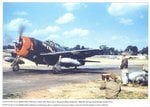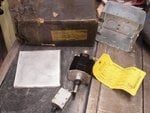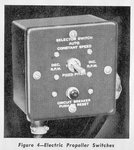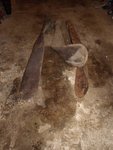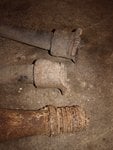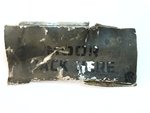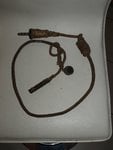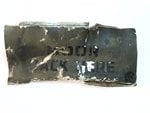Airframes
Benevolens Magister
Maybe this should be posted in the 'Technical' section, but I thought I might get a better response here.
During the course of research for future projects, I've repeatedly come across anomalies regarding the type of prop fitted to various models of the P-47D.
For example, in all descriptions of the type, the P-47D-22RE ('razorback) is shown as being fitted with the Hamilton Standard prop, whilst it's equivalent from the Evansville factory, the P-47D-23RA is described as being fitted with the Curtiss Electric 'paddle blade' prop.
However, a number of photos, correctly captioned as, for example, P-47D-22RE, and supported by the serial number of the aircraft depicted, clearly show the Curtiss prop. This is also the case with the early 'bubbletop' P-47D-25 series.
Perhaps, in these instances, a replacement Curtiss prop has been fitted, but as this anomaly crops up frequently, it is slightly puzzling.
Does anyone have any thoughts or, better still, solid information on this subject?
During the course of research for future projects, I've repeatedly come across anomalies regarding the type of prop fitted to various models of the P-47D.
For example, in all descriptions of the type, the P-47D-22RE ('razorback) is shown as being fitted with the Hamilton Standard prop, whilst it's equivalent from the Evansville factory, the P-47D-23RA is described as being fitted with the Curtiss Electric 'paddle blade' prop.
However, a number of photos, correctly captioned as, for example, P-47D-22RE, and supported by the serial number of the aircraft depicted, clearly show the Curtiss prop. This is also the case with the early 'bubbletop' P-47D-25 series.
Perhaps, in these instances, a replacement Curtiss prop has been fitted, but as this anomaly crops up frequently, it is slightly puzzling.
Does anyone have any thoughts or, better still, solid information on this subject?

